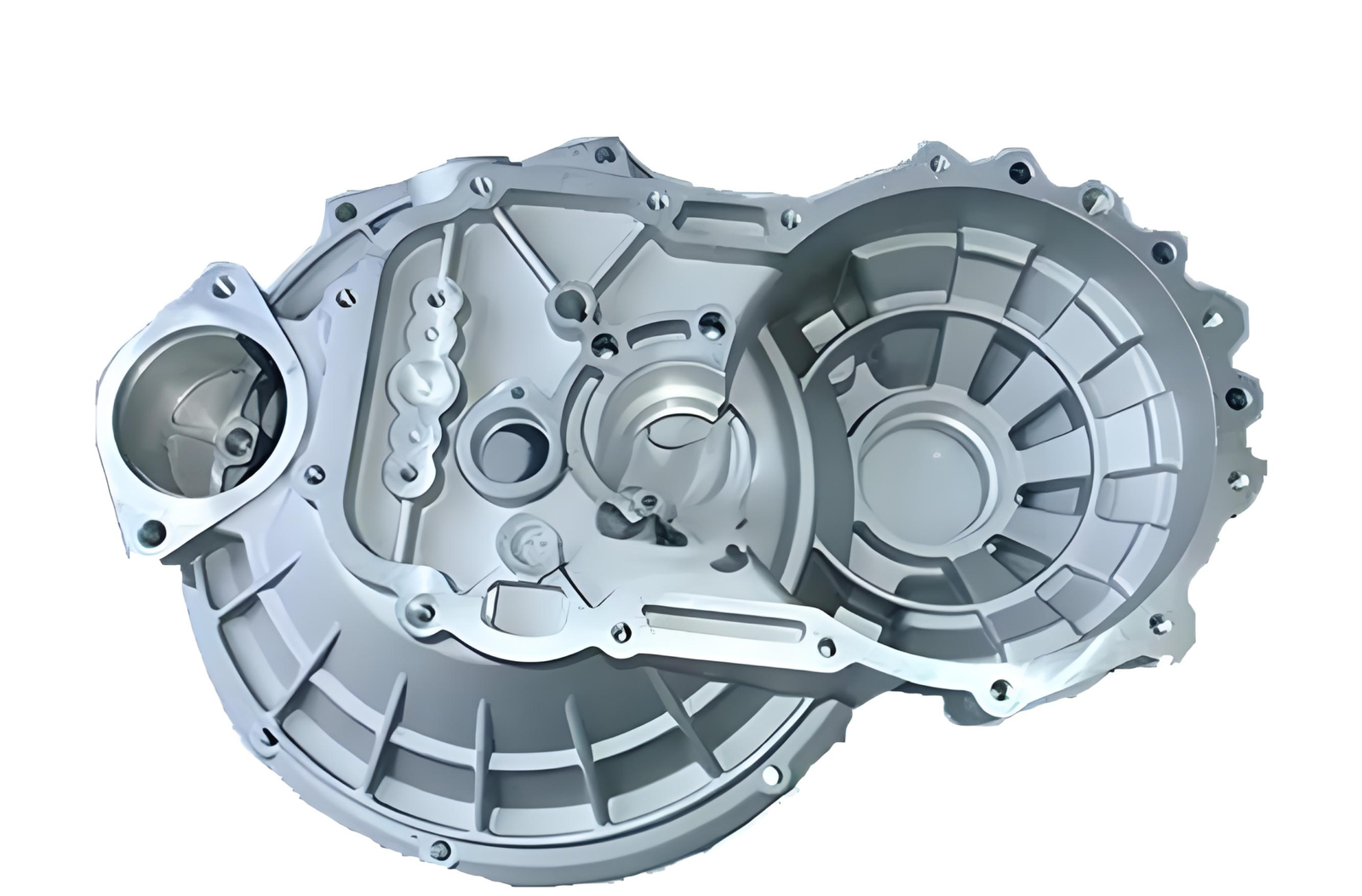
When designing automotive components, precision and functionality are paramount. Any slight flaw in the design can result in costly mistakes during the manufacturing process. At JUPAICNC, we understand that high-quality prototype automotive components machining plays a crucial role in the creation of automotive parts that meet stringent performance standards. With the help of expert engineers and advanced machining technology, it is possible to avoid common design flaws that can compromise the integrity and efficiency of the final product. By focusing on precision and testing prototypes early in the development process, manufacturers can ensure that their components will perform optimally in real-world conditions.
The process of prototype automotive components machining involves the creation of a physical model from a digital design before full-scale production begins. This crucial step allows engineers to detect potential design flaws that may not be obvious from the initial blueprints. By creating prototypes, manufacturers can refine their designs, ensuring that the final product is not only functional but also cost-effective. Without this testing phase, the risk of encountering significant flaws during mass production increases, potentially leading to expensive revisions and delays. Therefore, the expertise of professionals in prototype machining is essential to achieving a high-quality result that aligns with both design specifications and industry standards.
One of the most common challenges in automotive component design is achieving the right balance between strength and weight. Components need to be durable enough to withstand the stresses and strains of daily use, yet light enough to contribute to the vehicle’s overall performance and fuel efficiency. Prototype machining allows for the testing of different materials and geometries, which can help identify the optimal solution for each part. Using advanced techniques such as CNC milling, turning, and EDM (electrical discharge machining), JUPAICNC can replicate the conditions a part will face in its final application. This provides invaluable data for designers to make informed decisions about material selection and structural integrity.
Another crucial aspect of avoiding design flaws in automotive components is the consideration of thermal expansion. Automotive parts often experience significant temperature fluctuations due to engine heat, environmental changes, and other factors. Without properly accounting for thermal expansion in the design phase, components may deform or fail during operation. Through the use of prototype automotive components machining, manufacturers can simulate real-world conditions to assess how a part will react to temperature changes. This testing ensures that the materials used in production can withstand these fluctuations without compromising the part’s functionality or safety.
In addition to mechanical properties, the design of automotive components must also address factors like vibration, corrosion resistance, and surface finish. Vibration analysis is especially important for parts that will be subjected to constant movement and stress, such as engine mounts and suspension components. Machining prototypes of these components allows engineers to assess vibration frequencies and make adjustments to prevent resonant frequencies that could lead to premature failure. Similarly, prototype testing helps identify potential issues with corrosion resistance, especially in parts exposed to the elements or harsh conditions. By refining the design based on testing results, manufacturers can avoid costly revisions during production.
The integration of cutting-edge software and CNC machines has revolutionized prototype automotive components machining. With the help of computer-aided design (CAD) and computer-aided manufacturing (CAM) systems, engineers at JUPAICNC can quickly translate designs into precision-machined prototypes. These systems allow for a high degree of accuracy, ensuring that even the smallest details of the design are faithfully replicated. The use of these advanced technologies helps to minimize human error and optimize the machining process, leading to faster turnaround times and reduced costs for automotive manufacturers.
Throughout the prototype machining process, communication between designers, engineers, and machinists is crucial to success. Collaboration ensures that any potential design flaws are identified and addressed early, preventing them from escalating into more serious issues during production. At JUPAICNC, we work closely with our clients to understand their specific requirements and provide expert advice on how to refine their designs for manufacturability. This proactive approach helps minimize the likelihood of flaws while maximizing the performance and reliability of the final product.
Lastly, one of the key benefits of prototype automotive components machining is the ability to make rapid design iterations. In traditional manufacturing processes, making changes to a design after production has begun can be time-consuming and expensive. However, with prototype machining, engineers can quickly modify a part to accommodate new insights or design changes without incurring significant costs. This flexibility allows for faster development cycles and greater innovation in automotive component design, ultimately leading to better products and more satisfied customers.
